Coppelia, a dazzling ballet of charm and humor, has been captivating audiences for over a century. Unlike many ballets steeped in tragedy and drama, Coppelia distinguishes itself with its lighthearted, comedic tone. Its unique blend of narrative brilliance, ballet mime, and vibrant choreography makes it an exceptional work of art, adored by children and adults alike.
What sets Coppelia apart is its relatability and accessibility. The ballet doesn’t demand the grandeur of extensive casts or world-class prima ballerinas to shine. Its whimsical story, rooted in human emotions and imagination, resonates deeply, ensuring its place in the repertoire of ballet companies worldwide. This article delves into every facet of Coppelia, from its origins and story to its lasting legacy and global appeal.
The Story of Coppelia: A Tale of Love, Mischief, and Magic
At its core, Coppelia tells a tale of mistaken identity, love, and clever deception. The narrative unfolds in a quaint European village where Swanhilda, the spirited protagonist, and her fiancé Franz reside. The village gains intrigue with the presence of a peculiar young woman named Coppelia, who sits motionless on her balcony, engrossed in reading.
Franz, captivated by her enigmatic charm, begins to woo her, unaware that Coppelia is no ordinary girl—she is a mechanical doll crafted by Doctor Coppelius, a reclusive inventor and toymaker. Swanhilda, noticing Franz’s wandering affections, becomes determined to unmask the truth.
In a daring move, Swanhilda sneaks into Doctor Coppelius’s workshop, discovering his array of lifelike automatons. When she finds the inanimate Coppelia, she devises a clever plan: to impersonate the doll and expose Franz’s folly. The ensuing scenes are a delightful mix of comedy and chaos, culminating in a heartfelt reconciliation. Swanhilda and Franz’s love triumphs, and the ballet concludes with their joyous wedding, celebrated through a series of vibrant and festive dances.
Origins and Evolution of Coppelia
The enchanting tale of Coppelia has its literary roots in Der Sandmann (The Sandman), an 1815 short story by German Romantic author E.T.A. Hoffmann. Hoffmann’s work, characterized by its blend of fantastical and eerie elements, provided the inspiration for this timeless ballet.
Choreographer Arthur Saint-Léon brought Coppelia to life on stage in 1870, with music composed by the brilliant Léo Delibes. The ballet premiered at the Théâtre Impérial de l’Opéra in Paris, earning instant acclaim for its innovative choreography and whimsical score. Tragically, Saint-Léon passed away just three months after the ballet’s debut, leaving behind a legacy immortalized by his creation.
The story of Coppelia resonated deeply with 19th-century audiences, who were fascinated by automatons and the burgeoning fields of mechanics and engineering. The ballet’s portrayal of lifelike dolls reflected contemporary cultural themes while maintaining a playful, imaginative narrative.
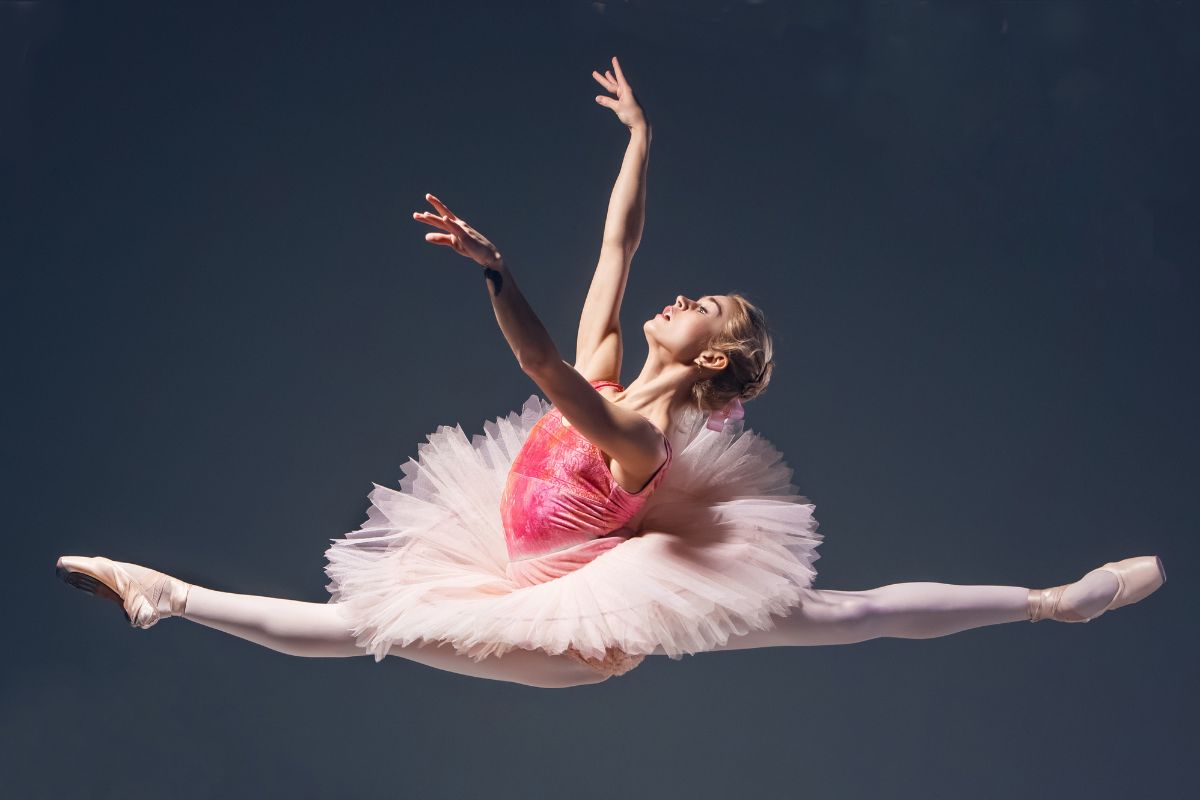
Themes of Coppelia: Exploring Humanity and Creation
One of the most compelling aspects of Coppelia is its exploration of humanity’s fascination with creation. The lifelike automaton, Coppelia, serves as a symbol of ingenuity and the blurred lines between reality and illusion.
Doctor Coppelius’s mechanical masterpiece challenges perceptions of life and human connection, prompting characters and audiences alike to reflect on the nature of authenticity. Through its comedic and whimsical lens, the ballet delves into profound questions about creativity, love, and identity.
Variations Across Cultures: A Global Legacy
Over the decades, Coppelia has been adapted and reinterpreted by ballet companies worldwide, each adding unique cultural nuances to the story. In Russian adaptations, for instance, the narrative often takes a more empathetic turn. Instead of tricking Doctor Coppelius, Swanhilda reveals her ruse, and he helps her resolve her romantic dilemma. This version emphasizes themes of forgiveness and mutual understanding.
Spanish productions, such as the celebrated performance with the Orchestra of the Gran Teatro del Liceo in Barcelona, imbue the ballet with regional flair. With actors like Walter Slezak as Doctor Coppelius and Claudia Corday as the doll, these renditions highlight the versatility and universal appeal of Coppelia’s narrative.
Famous Performers of Coppelia
Coppelia has graced the careers of some of the most illustrious ballet dancers in history. Gillian Murphy’s portrayal with the American Ballet Theatre brought fresh vitality to the role, captivating modern audiences. Iconic dancers like Isadora Duncan, Gelsey Kirkland, and Mikhail Baryshnikov have also lent their artistry to this enduring classic.
These performers, each bringing their unique style and interpretation, have ensured that Coppelia remains a celebrated ballet, cherished by dancers and audiences alike.
The Choreography and Music of Coppelia
Arthur Saint-Léon’s original choreography for Coppelia emphasized character dances and pantomime, creating a visually engaging spectacle. However, subsequent adaptations, such as George Balanchine’s version for his wife, Alexandra Danilova, introduced fresh perspectives and enriched the ballet’s choreographic vocabulary.
Léo Delibes’s music is a masterpiece in its own right. The score, characterized by its playful melodies and emotive depth, perfectly complements the narrative’s whimsical tone. Delibes’s composition paved the way for future ballets, influencing great composers like Tchaikovsky.
Why Coppelia Is a Perfect Introduction to Ballet
Coppelia’s accessible story and engaging presentation make it an ideal introduction for those new to ballet. Its lighthearted humor, combined with visually stunning choreography, ensures an enjoyable experience for audiences of all ages.
Young viewers, in particular, are enchanted by the ballet’s playful antics and magical themes. For seasoned ballet enthusiasts, Coppelia offers a refreshing break from the often somber tones of classical productions, showcasing the lighter side of this elegant art form.
Enduring Popularity and Modern Interpretations
Coppelia continues to be a staple in the repertoire of prestigious ballet companies worldwide, including The Royal Ballet, the Kirov Ballet, and the Australian Ballet. Whether performed on grand stages or smaller theaters, its timeless appeal remains undiminished.
Modern interpretations often experiment with innovative staging and contemporary choreography while preserving the essence of the original story. These adaptations ensure that Coppelia resonates with new generations, bridging the gap between tradition and modernity.
Behind the Scenes: The Craftsmanship of Coppelia
Creating a production of Coppelia requires meticulous attention to detail, from set design to costumes, lighting, and character portrayal. While the story unfolds effortlessly on stage, the artistry behind the scenes is a marvel in itself.
The Role of Automaton Design
At the heart of Coppelia lies the illusion of life brought to a mechanical doll. Production designers often collaborate with prop masters and artists to create Coppelia’s lifelike appearance. Her costume, makeup, and movements must strike the perfect balance between human realism and robotic precision.
Swanhilda’s impersonation of the doll, one of the ballet’s highlights, requires immense skill and creativity from the dancer. Achieving Coppelia’s jerky, mechanical movements while maintaining the grace of a ballerina is a feat of technical mastery.
Costumes that Capture the Era
The costumes in Coppelia reflect the late 19th-century European village setting. Designers often draw inspiration from folk attire, incorporating vibrant colors and intricate patterns to evoke a sense of community and festivity. The clothing worn by Doctor Coppelius contrasts starkly, with muted tones and eccentric designs that highlight his mysterious, otherworldly persona.
Lighting as a Storytelling Tool
Lighting plays a critical role in emphasizing the ballet’s transitions between whimsy and suspense. Warm, soft lighting captures the joy and humor of the village scenes, while shadows and dramatic contrasts heighten the intrigue of Doctor Coppelius’s workshop. Modern productions often experiment with projections and digital effects, adding an immersive dimension to the story.
How Coppelia Reflects the Human Fascination with Artificial Intelligence
Though originally conceived in the 19th century, Coppelia remains strikingly relevant in today’s era of technological advancements and artificial intelligence. The ballet explores humanity’s enduring curiosity about creating life through non-human means, a theme that resonates as robots and AI systems become more prevalent.
Doctor Coppelius’s efforts to animate his mechanical doll mirror contemporary discussions about the ethics and implications of artificial intelligence. Can human-like machines truly replicate emotions, relationships, or consciousness? Through its playful narrative, Coppelia invites audiences to ponder these philosophical questions.
Modern reinterpretations of the ballet sometimes lean into this theme, reimagining Coppelia as a robot rather than a clockwork doll. These productions underscore the timelessness of the ballet’s core ideas while offering a contemporary lens for interpretation.
Educational and Outreach Programs
Many ballet companies use Coppelia as a cornerstone for educational initiatives aimed at introducing young audiences to the performing arts. Its approachable story and humor make it an excellent choice for ballet workshops, school performances, and community outreach programs.
These initiatives often include interactive activities, such as teaching children simplified choreography or explaining the basics of ballet mime. By engaging audiences in these ways, companies ensure that the legacy of Coppelia continues to inspire future generations of dancers and enthusiasts.
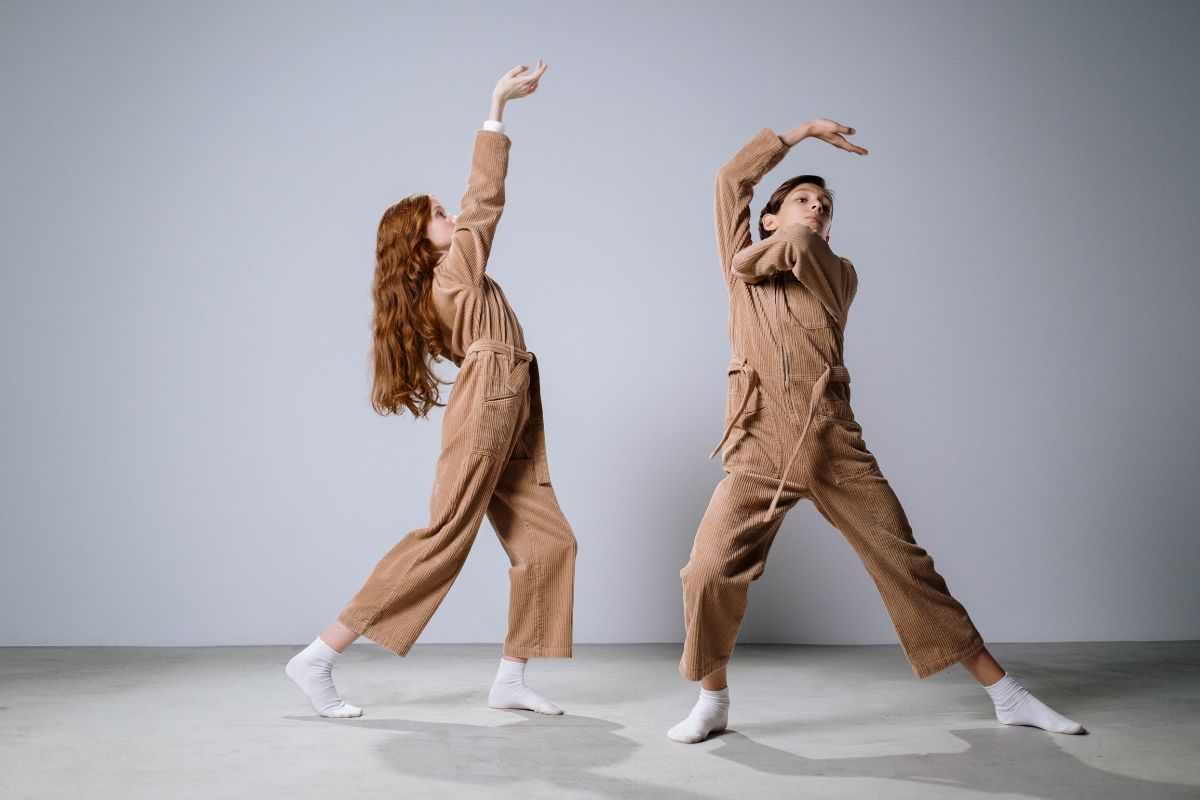
The Role of Gender in Coppelia
Another fascinating aspect of Coppelia is its exploration of gender roles and expectations. Swanhilda, the heroine, subverts traditional notions of femininity by taking control of the narrative. Her cleverness, bravery, and resourcefulness stand in stark contrast to Franz’s naivety.
Doctor Coppelius, on the other hand, represents an eccentric archetype often associated with male creators in literature and art—obsessed with his work yet oblivious to the human connections around him. The interplay between these characters offers subtle commentary on societal norms and expectations, adding depth to the ballet’s comedic surface.
Exploring the Symbolism in Coppelia
Coppelia is more than just a lighthearted ballet; it contains layers of symbolism that resonate across cultures and eras. The story delves into themes of love, identity, and the human desire to control or replicate life, offering rich material for deeper analysis.
The Doll as a Symbol of Perfection
Coppelia, the doll, represents an idealized form of beauty and perfection, so captivating that Franz becomes infatuated with her despite her inhuman nature. This reflects humanity’s often unattainable pursuit of perfection in relationships, appearances, and aspirations. Franz’s fascination with Coppelia also symbolizes how easily people can be deceived by external appearances, neglecting the substance of real connections.
Swanhilda as a Heroine of Agency
Swanhilda’s decision to impersonate the doll can be seen as a reclamation of agency. Unlike Franz, who is blinded by illusion, Swanhilda actively shapes the story’s outcome. Her boldness and wit challenge traditional narratives of passive heroines, making her a progressive figure in ballet storytelling.
Doctor Coppelius as a Creator Archetype
Doctor Coppelius embodies the archetype of the obsessed creator, a theme echoed in literature and mythology from Frankenstein to Pygmalion. His desire to bring Coppelia to life reflects humanity’s eternal struggle with creation and control—an allegory for the pursuit of knowledge and the ethical dilemmas it brings.
Cultural Adaptations and Global Interpretations
As Coppelia spread across the globe, different cultures adapted the ballet to reflect their unique perspectives and traditions. These adaptations add richness to the ballet’s history, making it a truly global artistic phenomenon.
Asian Interpretations
In countries like Japan and South Korea, productions of Coppelia often incorporate elements of traditional theater. Kabuki-style movements, for example, may be woven into Swanhilda’s impersonation of the doll, blending Western ballet with Eastern theatrical techniques.
Latin American Flair
Latin American ballet companies frequently emphasize the vibrant, celebratory aspects of Coppelia. These interpretations often feature enhanced village scenes with folk dances that reflect local customs, infusing the production with regional color and energy.
Modern Minimalist Productions
In Europe and North America, some contemporary companies have stripped down Coppelia to its bare essentials. These minimalist productions focus on the core narrative while using abstract set designs and costumes, allowing audiences to interpret the story through a modern lens.
The Evolution of Ballet Mime in Coppelia
One of the most distinctive features of Coppelia is its use of ballet mime to convey emotions and narrative. While ballet mime has become less prominent in modern productions, its role in Coppelia is indispensable.
What is Ballet Mime?
Ballet mime is a system of gestures used by dancers to tell stories without words. In Coppelia, mime is employed extensively, particularly in the interactions between Swanhilda, Franz, and Doctor Coppelius. Swanhilda’s impersonation of the doll, for instance, relies heavily on exaggerated, mechanical gestures to convey her ruse.
Challenges for Modern Audiences
Modern audiences, unfamiliar with the nuances of ballet mime, may miss subtle gestures that were once universally understood. Many ballet companies now include pre-show talks or program notes to explain these gestures, enhancing the audience’s appreciation for the art form.
Preserving Mime for Future Generations
As mime plays a vital role in Coppelia, preserving this technique is crucial for the ballet’s authenticity. Ballet schools often include mime training in their curriculum, ensuring that this unique art form remains a living tradition.
Musical Innovations in Coppelia
The score of Coppelia, composed by Léo Delibes, is often celebrated as a masterpiece in ballet music. Its melodies are lively, whimsical, and intricately tied to the story’s emotional beats.
A New Standard in Ballet Scores
Delibes’ work on Coppelia marked a turning point in ballet music, as it was one of the first scores written with the narrative and choreography in mind. This innovation set a new standard for future ballet composers, including Tchaikovsky.
Signature Pieces in the Score
Certain musical pieces from Coppelia have achieved fame beyond the ballet world. The mazurka and czardas dances are particularly notable, often performed as standalone works in concert settings. These pieces showcase Delibes’ ability to capture the essence of Eastern European folk music, lending authenticity to the village scenes.
Inspiration for Future Composers
Delibes’ influence is evident in the works of composers like Tchaikovsky and Stravinsky, who admired his ability to balance melody, rhythm, and narrative. His score for Coppelia remains a benchmark for storytelling in music, inspiring composers across genres.
Modern-Day Relevance of Coppelia
Despite being over 150 years old, Coppelia continues to resonate with contemporary audiences. Its themes of love, deception, and individuality are timeless, making it a ballet that appeals to all generations.
A Lesson in Communication
The misunderstandings between Franz, Swanhilda, and Doctor Coppelius highlight the importance of communication in relationships. This lesson is as relevant today as it was in the 19th century, offering audiences a humorous yet poignant reminder of the value of honesty and clarity.
Empowerment Through Art
Swanhilda’s journey in Coppelia reflects the broader narrative of self-empowerment, particularly for women. Her actions remind audiences that wit, bravery, and resourcefulness are as vital as physical grace, a message that resonates strongly in modern society.
Universal Humor and Joy
At its core, Coppelia is a celebration of life’s absurdities and joys. Its humor transcends cultural and linguistic barriers, making it an accessible and delightful experience for viewers worldwide.
The Enduring Legacy of Coppelia
The legacy of Coppelia is not merely confined to the stage. It lives on in the hearts of audiences, the classrooms of ballet schools, and the imaginations of artists worldwide.
As both a historical artifact and a living work of art, Coppelia bridges the past and present, offering timeless lessons wrapped in humor, beauty, and elegance. Its charm lies not only in its story but in the myriad ways it invites us to reflect on ourselves, our relationships, and our ever-changing world.
By continuing to innovate and reinterpret this beloved ballet, each generation ensures that Coppelia remains as captivating as it was on its premiere night in 1870—a true testament to the power of art to endure and inspire.
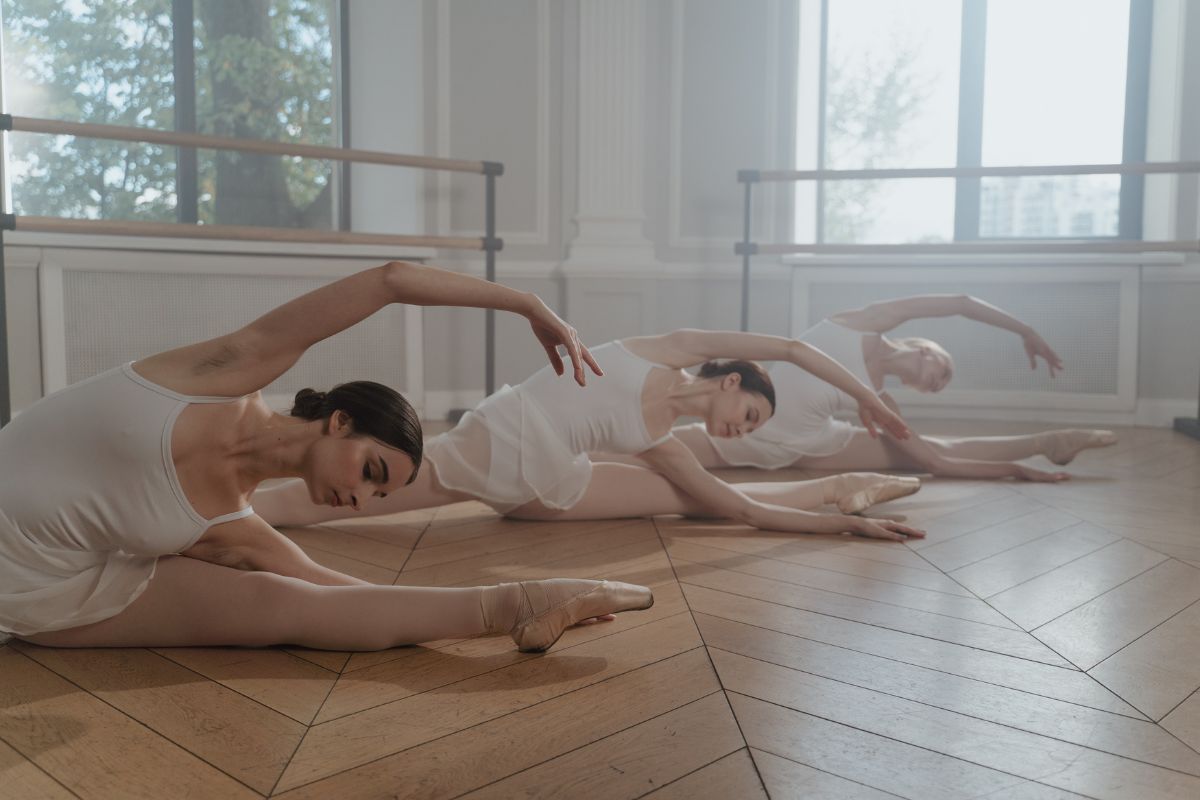
The Legacy of the Original Cast
The original 1870 cast of Coppelia featured Giuseppina Bozzacchi as Swanhilda, a role that launched her into the annals of ballet history. Tragically, Bozzacchi’s life was cut short at the age of 17, just months after the ballet’s debut. Her performance, however, set a standard for future interpretations of Swanhilda, blending technical precision with comedic flair.
Over time, many dancers have added their unique interpretations to the role. Some emphasize Swanhilda’s humor, while others highlight her courage and determination. This flexibility in characterization allows each production of Coppelia to feel fresh and unique, even as it stays true to its classical roots.
Coppelia’s Influence on Popular Culture
Beyond the stage, Coppelia has left an indelible mark on popular culture. Its themes and characters have inspired films, literature, and even modern dance productions. Elements of the story can be seen in movies like The Stepford Wives and Ex Machina, which explore humanity’s obsession with creating lifelike replicas.
The ballet’s influence extends to music, with its playful and melodic score inspiring arrangements and adaptations for orchestras and solo performances. Some modern artists have even incorporated Coppelia-inspired visuals into their works, paying homage to its enduring charm.
Why Coppelia Matters Today
At a time when the world can often feel overwhelming, Coppelia offers a joyful escape into a world of whimsy and wonder. Its humor, creativity, and heart remind us of the beauty in simplicity and the importance of embracing life’s playful side.
Whether viewed as a historical artifact or a modern-day masterpiece, Coppelia continues to enchant, provoke thought, and bring communities together. Its legacy is a testament to the power of art to transcend time and connect us all through shared stories and emotions.
By exploring every facet of this timeless ballet, from its technical artistry to its cultural relevance, we celebrate not just a dance, but a story that has captured the imagination of generations—and will undoubtedly continue to do so for many more.
Conclusion: Celebrating the Timeless Charm of Coppelia
Coppelia is more than just a ballet; it is a celebration of creativity, humor, and the enduring power of storytelling. Its blend of technical brilliance and narrative charm has solidified its place as one of the most beloved ballets of all time.
From its origins in Hoffmann’s literary imagination to its evolution on stages across the globe, Coppelia continues to enchant and inspire. Whether you’re a seasoned ballet aficionado or a curious newcomer, experiencing Coppelia is a journey into the heart of artistry and imagination—a journey that promises to leave you smiling and utterly enchanted.
Author Profile
Latest entries
 Break DanceFebruary 23, 2025Tap Dancing vs. Clogging: How Do They Differ?
Break DanceFebruary 23, 2025Tap Dancing vs. Clogging: How Do They Differ? Break DanceFebruary 23, 2025Best Dance Competitions for Kids
Break DanceFebruary 23, 2025Best Dance Competitions for Kids Break DanceFebruary 23, 2025Master the Straddle Stretch for Splits
Break DanceFebruary 23, 2025Master the Straddle Stretch for Splits Break DanceFebruary 14, 2025The Art of Timing in Dance
Break DanceFebruary 14, 2025The Art of Timing in Dance
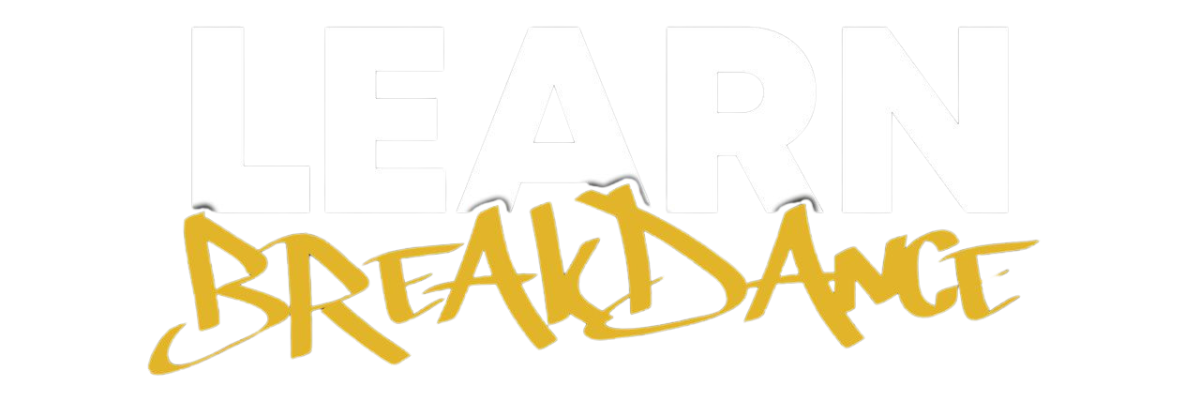
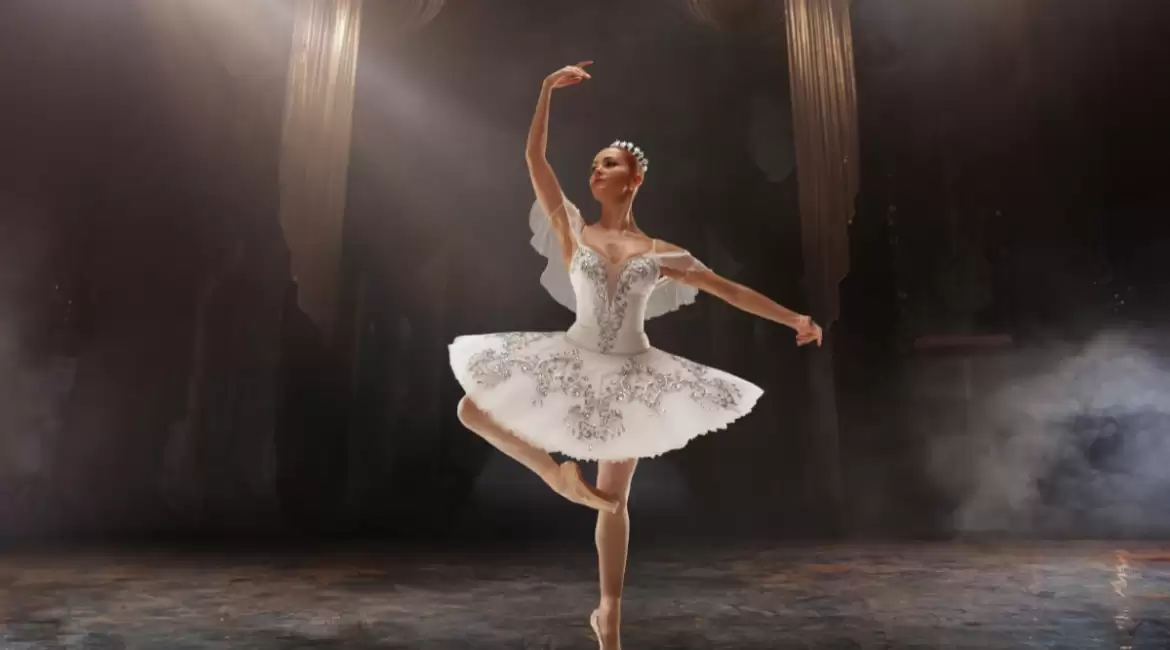

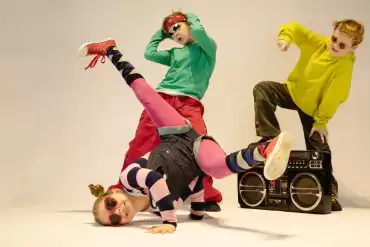


Leave a reply